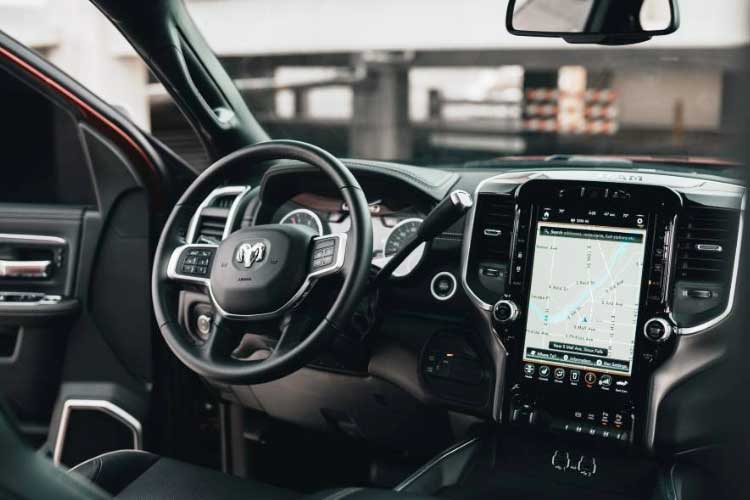How To Bypass Check Engine Light? (And Why You Shouldn’t)
If you’re contemplating bypassing your car’s check engine light but don’t know how to go about it, you’ll find this guide useful. Whether you want to pass inspection or you’re just tired of the light blinking on your dash non-stop, you might be dying to know how to easily “bypass” the CEL.
So, how do you bypass check engine light? You can bypass the check engine light by using the OBD II scanner tool to erase the trouble codes causing the light to come on. Disconnecting the battery or turning the car on and off 3-4 times can also help you bypass the check engine light.
Below, you’ll discover a complete step-by-step guide on the various methods of bypassing the check engine light. As a bonus, we have also discussed why this isn’t a wise practice and why you shouldn’t do it.
How to bypass check engine light?
To bypass the check engine light simply means resetting the light and making it disappear from your car dashboard.
As we have mentioned above, you can do this with the help of a code reader tool, by disconnecting the car battery, or by turning the car on and off 3-4 times.
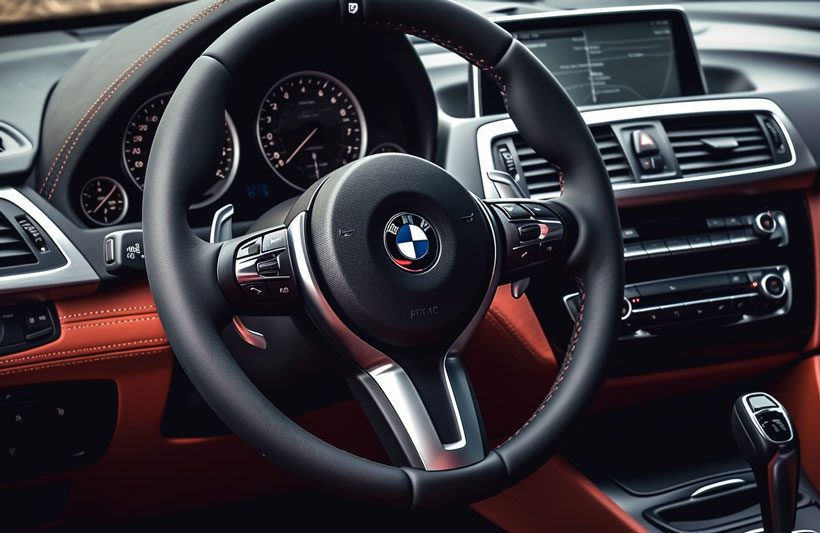
These methods will work regardless of whether you have fixed the underlying issue or not. But in the latter case, the light will most likely come back on after some time.
Let’s get into more details about how each of these tricks works:
Method #1. Disable the light with OBD-II scanner
Probably the most effective way of bypassing the check engine light is to use an OBD-II scanner. These code readers are pretty affordable and readily available at your local hardware store. This is how you use the scanning tool to reset CEL:
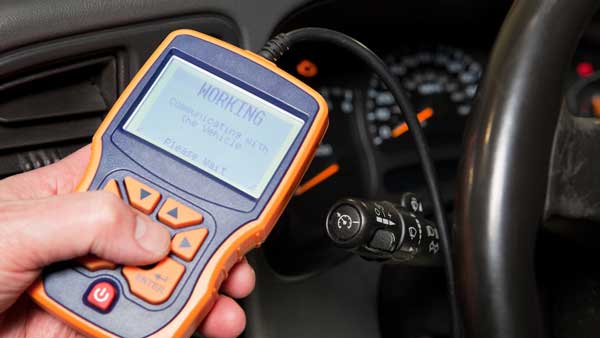
Step 1. Plug the code reader into the OBD port on your car dashboard
Step 2. Press ENTER to activate the scanner. The tool will automatically start scanning your onboard computer for any problematic codes.
Step 3. Now press SCROLL and from the list of commands that appear, select ERASE by hitting the ENTER option. This will delete all the trouble codes and make the check engine light disappear.
Method #2. Disconnect the battery (Hard reset method)
You can also override the check engine light by disconnecting your car battery and then reconnecting it. This method is simply a hard reset and helps reset your car’s diagnostic system.
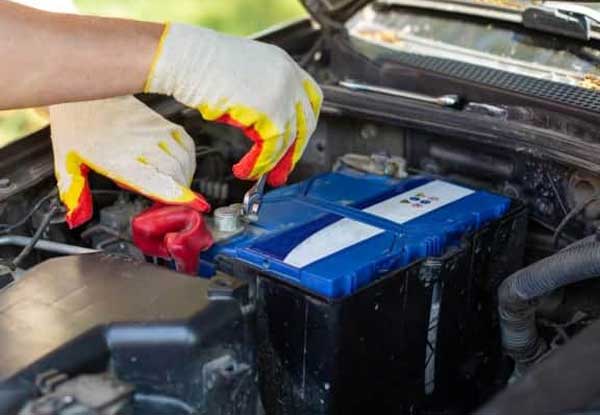
Here’s how to go about it:
Step 1. Pop open your car hood and locate the battery
Step 2. Identify the negative battery terminal and disconnect the cable connecting to it (usually black in color) with the help of a wrench.
Step 3. Let the cable rest by the side for approx. 15 minutes
Step 4. Have someone hold down the horn for approx. 30 seconds to drain any electricity left in the capacitor.
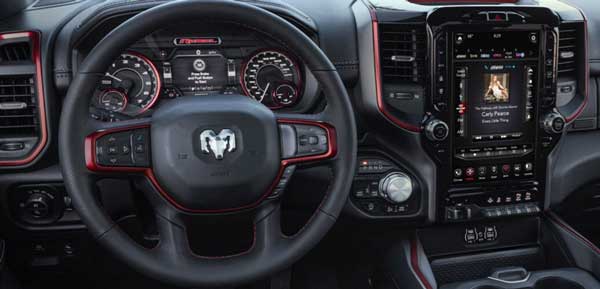
Step 5. Lastly, hook the negative battery cable back in place after 15 minutes are over and put everything else back on.
Step 6. Start up your car engine and the check engine will go off after a minute or so.
Method #3. Turn the car on and off 3-4 times
Most smart cars will try resetting the diagnostic trouble codes and revolve the CEL light when you switch the car on and off 3-4 times in a row.
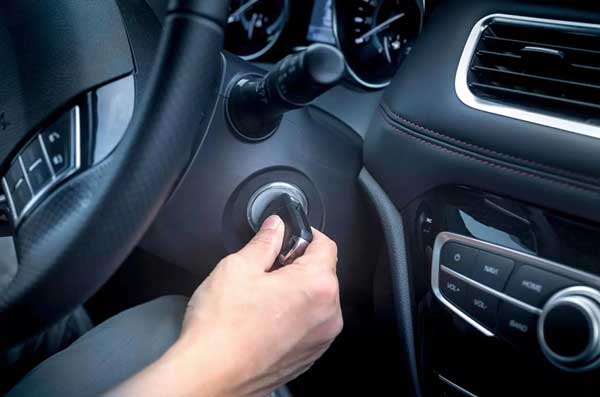
For this method to work, simply put the key into the ignition, switch on your car for a second, and then turn it off. Repeat this 3 consecutive times.
By the time you finish this procedure, the CEL should have cleared off on the dashboard.
How to bypass check engine light for catalytic converter?
If you’re dealing with a catalytic converter trouble code, which is usually P0420, then it means the check engine light is illuminating as well.
You can easily bypass it by installing a spark plug defouler on the downstream oxygen sensor. This will help clear the code without tampering with your cat converter.
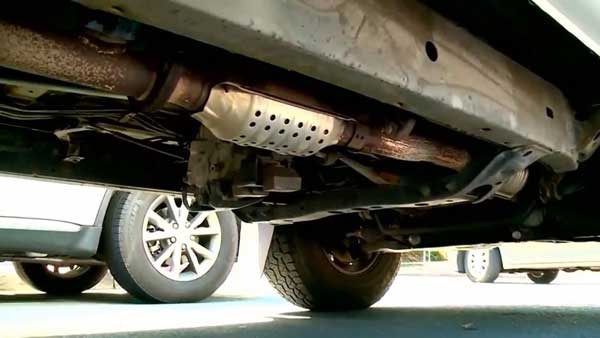
This is the procedure to follow to get it done:
Step 1. Reset your car computer to clear the catalytic converter code by disconnecting the car battery.
Step 2. Remove the downstream O2 sensor and take it with you to a reliable auto parts shop so that you can get a compatible spark plug defouler.
Step 3. Get the diameter of oxygen sensor tip running past the threads.
Step 4. Get a drill bit with slightly larger diameter than that of the sensor in Step 3 and smaller than defouler threads.
Step 5. Place the defouler in a vise and then drill it off until your O2 sensor can easily slide into it (the defouler). Make sure not to drill through the defouler end; this will end up increasing the hole at the defouler bottom part.
Step 6. Now screw the defouler into the exhaust pipe where O2 sensor sits, insert the oxygen sensor into the defouler, and rewire it.
Step 7. Finally, reconnect your car battery and start the engine. The check engine light for catalytic converter should be gone.
How to bypass check engine light for inspection?
Bypassing the check engine light won’t help you pass the inspection test. During the test, your car’s computer gets connected to a computer at the inspection station.
This computer then requests your car computer about the status of emissions tests and reading your car does.
If there’s any problem, your car’s computer will definitely communicate with the test center computer and your car will fail the inspection.
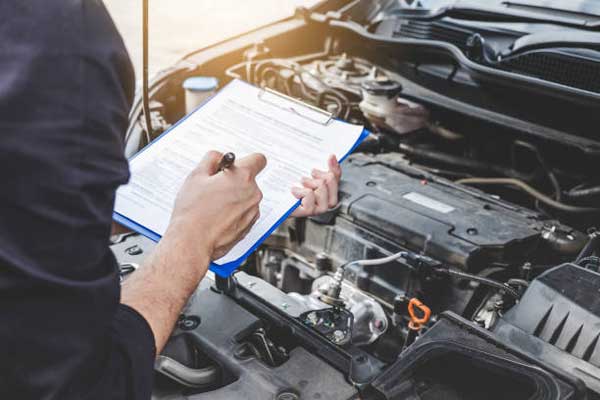
They can easily detect when you have erased trouble codes and will not give you a sticker until you drive your car for some distance (around 50 to 100 miles) to allow your car diagnostic system to refresh.
So, while you can bypass the check engine light by disconnecting the battery or using a scanning tool, your car won’t be able to pass the emissions test.
The only way you’ll get out of this is to fix the fault causing the check engine light to come on. The trouble codes will then clear after the issue is resolved and the engine light will consequently turn off.
How to bypass check engine light for remote start?
Bypassing the check engine light will not make the remote start function start working again. This is because the light is essentially not the problem.
Don’t get it? Let’s explain it further…
When your car suffers an emission-related failure, the powertrain control module (PCM) triggers the CEL. Depending on the fault, other accessory systems including the remote start may also get disabled.
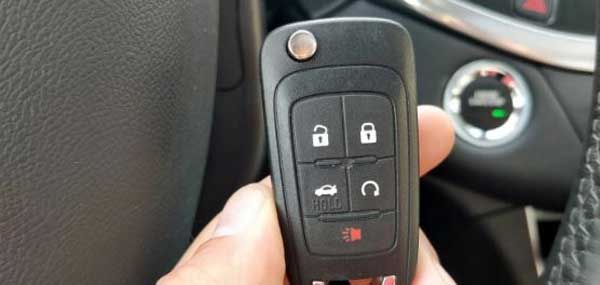
While clearing the fault code or bypassing the light will offer a temporary solution, it won’t help much as the failure of the system and the remote start feature are detected by the PCM. The light only alerts you of an underlying fault.
The best way to deal with this issue is to repair the problem that caused the check engine light to illuminate. and the remote start will most likely resume its operation.
Why you shouldn’t bypass the check engine light
The check engine light helps alert you that you have a problem with your car engine. And by bypassing, it simply means you’re just fooling your car computer to report everything is fine even though they’re still an underlying problem.
Though you may have other reasons for doing it, most people do this trick when they want their car to pass an emissions test to register their car (your car won’t pass this test with the engine light on!). Others do it when they want to sell the car and fool the potential buyer into thinking the car is in good condition.
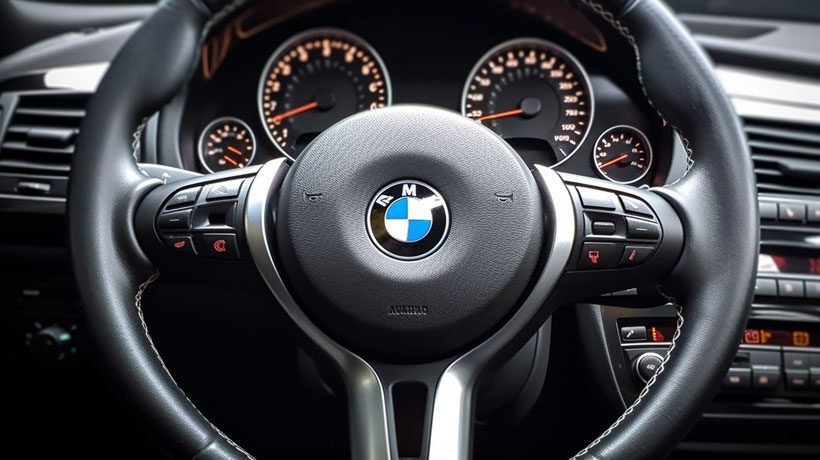
If you look at it, however, bypassing the check engine light translates to committing fraud—which is illegal and punishable by law in the US.
Another reason you shouldn’t bypass the check engine light is that you might be risking more damage to your car. The work of the CEL is to warn you of some issues with your car system.
If you ignore the light and choose to bypass it, the simple defect that caused it to illuminate might grow into a more dangerous one or cause more damage to your car.
You might find yourself paying way more than you’d have paid for repairs if you solved the problem in time or even do full parts replacement. A perfect example is an engine misfire which can damage the catalytic converter, which is costly to repair or replace.
You may be okay with your car running in permanent limp mode after you ignore the issue and disconnect the CEL. But this will screw up the car’s performance, fuel economy, and even the longevity of specific parts like the catalyzer.
Also, with the CEL light bypassed, you won’t have an easy way of discovering new faults your car might develop, some of which might be more serious than what you’re trying to avoid.
After all, the light will still come back on after a while if the issue isn’t fixed.
That being said, a better way to deal with illuminating the check engine light is fixing the problem that caused it to come on in the first place.
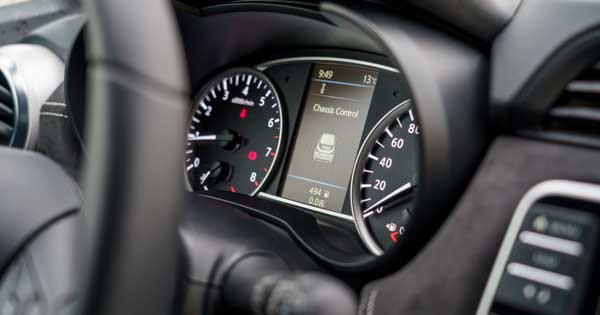
You can scan your car computer for the diagnostic trouble codes (DTCs) or have a mechanic diagnose it for you. This will help in quickly discovering the issue and fixing it and clearing the check engine light the correct way.
If you’re looking for more information on why your check engine light might be on, you might find our articles on low coolant and loose gas cap helpful. One of the most common reasons for the check engine light to come on is low coolant. Our article on low coolant and the check engine light explains how a low coolant level can trigger the light and what you can do to fix the issue. Another common culprit for the check engine light to come on is a loose gas cap. Our article on can a loose gas cap cause the check engine light to come on? dives into why a loose gas cap can trigger the light, how to check for it, and how to fix it. By reading our expert advice, you’ll be able to diagnose and fix your check engine light issues quickly and efficiently.Frequently Asked Questions
Yes, you can override a check engine light by simply erasing the trouble codes triggering the light with the help of an OBD scanning tool. The scanning tool is readily available and affordable, so finding one shouldn’t be a problem. If you can’t find one, you can try the manual methods like disconnecting the battery or turning the ignition on and off 3-4 times in a row. However, keep in mind that the light will come back on if the problem that cause it to illuminate hasn’t been fixed yet.
It is illegal to remove the check engine light to knowingly cover your car’s issue and make it appear in perfect condition to a buyer. This can be charged as a fraud offense and is prosecutable in the US, provided the buyer can prove it.
Final Verdict
That’s it for our full guide on how to bypass the check engine light. The most common tricks for doing so include using the OBDII scanning tool to erase the trouble codes causing the light to illuminate, disconnecting and reconnecting the battery, or simply tuning the ignition on and off about 3-4 times. These methods are easy to apply and will make the light disappear from your car dashboard.
However, we don’t recommend disconnecting your check engine light before solving the underlying problem that caused it to come on. This is especially true if you’re doing it for malicious reasons like selling your car to an unsuspecting buyer or trying to pass an emissions test. The best way to clear the CEL issue is to fix the problem that caused it to come on.

